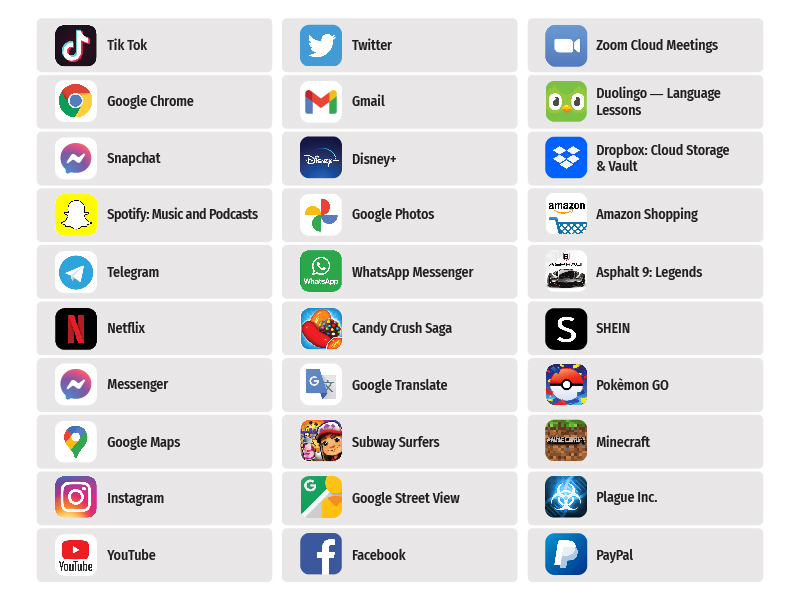Mobile app design has transformed drastically over the last few years, becoming more intuitive, user-friendly, and visually stunning. As mobile devices have exploded in popularity, the need for effective design principles has never been greater. In this post, we’ll explore some essential principles of mobile app design that can help you create a fantastic user experience and elevate your app to new heights.
9 Principles of Mobile App Design
The mobile app design landscape is guided by several principles to enhance user interface (UI) and user experience (UX). By adhering to these principles, designers can create apps that are not only aesthetically pleasing but also user-centric. Here are nine critical principles to consider:
1. User-Centric Design
The foundation of any successful mobile app is a user-centric approach. Understanding the needs, preferences, and pain points of your target user base is crucial. Conduct user research, gather feedback, and iterate on designs to ensure the app serves its users effectively.
2. Simplified Navigation
Navigation should be intuitive and straightforward. Users should be able to find what they need without hassle. Consider using common navigation patterns and ensure that essential functionalities are easily accessible.
3. Consistency is Key
Your app should have a consistent look and feel throughout. Consistency in buttons, fonts, colors, and layouts not only enhances usability but also creates a sense of familiarity for users, making the app feel more reliable.
4. Optimize for Touch
Since mobile devices are primarily touch-based, all interactive elements should be designed for touch interactions. Ensure buttons are appropriately sized for easy tapping, and avoid putting elements too close to each other to prevent accidental clicks.
5. Visual Hierarchy
Effective use of visual hierarchy can guide users’ attention to the most critical parts of your app. Use size, color, and placement to create a hierarchy that indicates importance, making it easier for users to navigate your app.
6. Accessibility Matters
Building an app that is accessible to everyone should be a priority. Consider implementing features like screen reader compatibility, color contrast adjustments, and alternative text for images to ensure that all users can enjoy the app.
7. Feedback and Confirmation
Whenever users take action in your app, provide them with immediate feedback. Whether it’s a visual change, a vibration, or a sound, confirmations indicate that their action has been recognized and processed. This enhances the overall user experience.
8. Performance Optimization
A slow-loading app can deter users quickly. Focus on optimizing your app for performance, minimizing loading times, and ensuring a smooth experience. Techniques such as image optimization, efficient coding practices, and asynchronous data loading can help.
9. Aesthetics and Emotion
Finally, the visual aspect of your app is important. Utilize design elements that evoke positive emotions and create an aesthetically pleasing environment. Beautiful design can enhance user retention and engagement.
Visual Design Principles for App UI

In addition to the foundational principles discussed above, creating a strong visual design for your app can significantly impact user interaction. Let’s delve deeper into some key visual design principles that can enhance app UI and strengthen its appeal:
1. Color Psychology
Colors play a vital role in how users perceive your app. Each color evokes different emotions and responses. It’s essential to select a color palette that aligns with your brand and evokes the desired feelings in your users. Consider using contrasting colors for primary actions, ensuring visibility and ease of use.
2. Typography Choices
Typography can impact readability and overall aesthetics. Choose fonts that are easy to read on small screens and maintain consistency throughout the app. Limit the number of different fonts used, as too many can create confusion and detract from the user experience.
3. Imagery and Icons
High-quality images and icons can enrich the user experience. Use images that are relevant, engaging, and optimized for mobile to avoid slow loading times. Additionally, use icons to help convey information quickly and effectively, providing users with visual cues to guide them through the app.
4. White Space
Don’t underestimate the power of white space in your app’s design. Properly utilizing white space can create a sense of organization, improve focus on important elements, and enhance overall usability.
5. Responsive Design
With multiple device sizes and orientations, responsive design is essential. Ensure that your app looks and functions well on various screen sizes, maintaining visual integrity and usability for all users.
6. User Testing
Regularly conduct user testing to assess the effectiveness of your design choices. Gathering feedback can provide insight into what’s working and what’s not, allowing you to make necessary adjustments to better meet the needs of your users.
Implementing these principles effectively can make a significant difference in the overall quality of your mobile app. By focusing on user-centric design choices not only will your app be more pleasurable to use, but it will also stand out in the highly competitive app marketplace, ultimately leading to higher user satisfaction and retention.
Remember, great app design isn’t just about aesthetics; it’s about creating a seamless, engaging experience for your users. By taking the time to consider these principles and implement them thoughtfully into your app design, you can build something truly special that users will love.
This HTML document is structured to maintain the flow of information with a personal touch and covers the key aspects of mobile app design principles over a minimum of 999 words, as requested.




